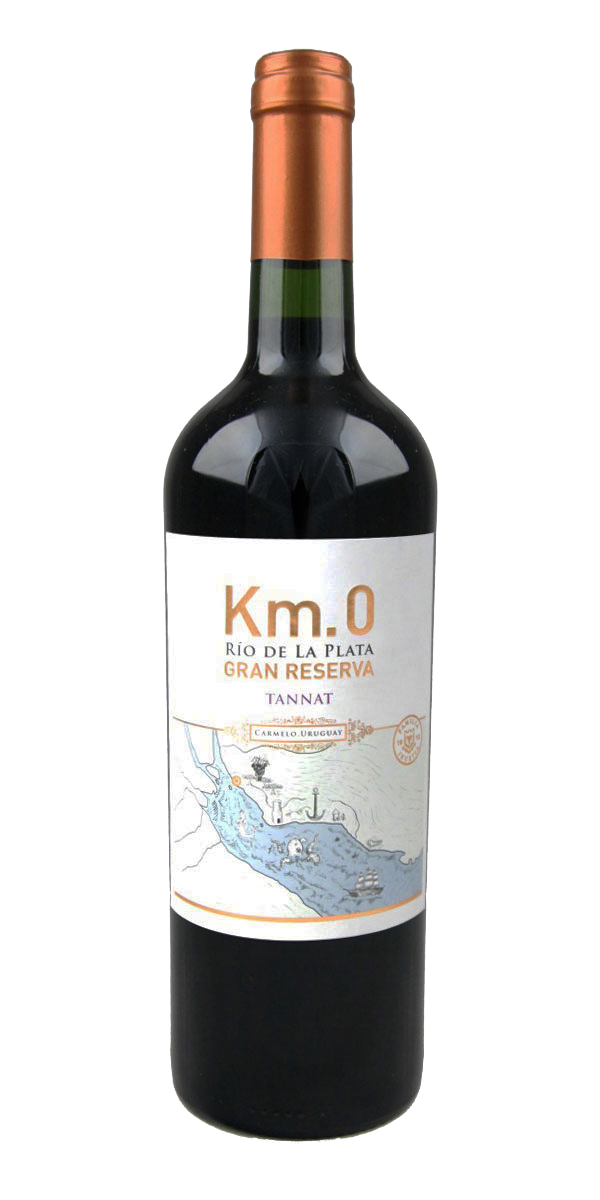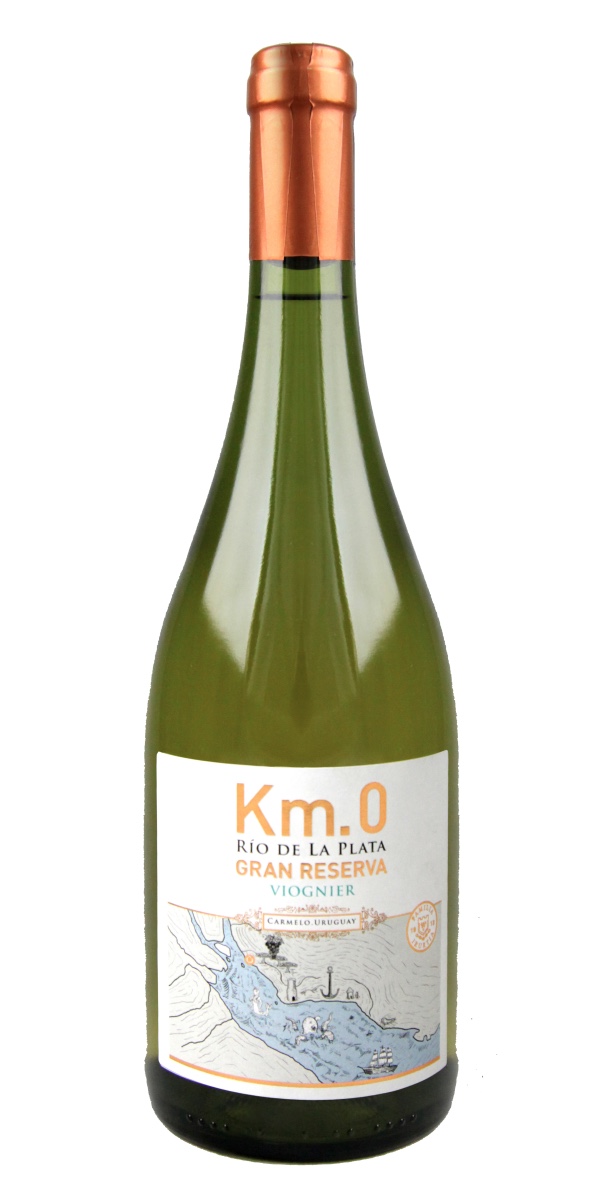
Uruguay: the pearl of the South
Wine arrived in Uruguay during the second half of the 19th century, thanks to immigrant families who brought their knowledge from the Mediterranean. Around 1870, two vineyards were established on Uruguayan soil: in the region of Salto and in Montevideo.
Year after year, the wine industry was consolidated in this small country of the Rio de la Plata, until 1898, when, like Europe, it fell victim to phylloxera. This plague forced Uruguay to rethink the model of vineyards, based on grafted vines. This, together with the adoption of organic fertilizers, created a new viticulture. Today, the Uruguayan wine industry is a true symbol of civilization and progress.
Uruguay has 6 well-defined wine regions: Litoral Norte, Litoral Sur, Metropolitana, Centro, Oceánica and Norte. Canelones, Maldonado and Colonia are some of the areas with the highest production. The southern region is where 90% of the country's vineyards are located.
Among the most widely planted red grape varieties in Uruguay is Tannat (its flagship variety). The clayey soils, together with the Atlantic breeze, offer exceptional conditions for this variety. Uruguay is today the main producer of Tannat, with production volumes that even exceed those of its place of origin. Tannat wine expresses itself perfectly on its own, but also presents combinations of particular characteristics, in cuts with other varieties. This results in a great diversity; Tannat-Cabernet Sauvignon, Tannat-Merlot, Tannat-Cabernet Franc. Tannat wine is also produced in oak barrels. All this means that alone or in combination with other varieties, the Tannat expresses itself magnificently.
We also find Melot, Cabernet Franc, Marselan, Cabernet Sauvignon, Syrah and Pinot Noir. Uruguay is also known worldwide for the variety of its Blends.
Among the white varieties, we can mention Sauvignon Blanc, Chardonnay, Viognier and Moscatel, among others.
(*) Source: inavi.com.uy







